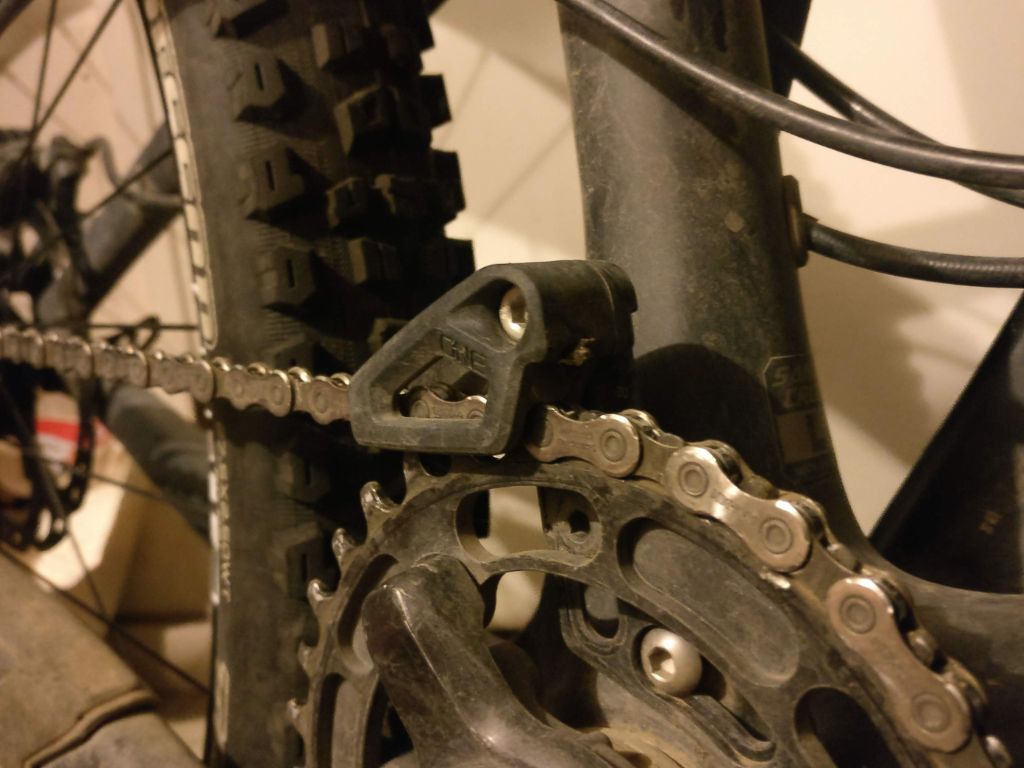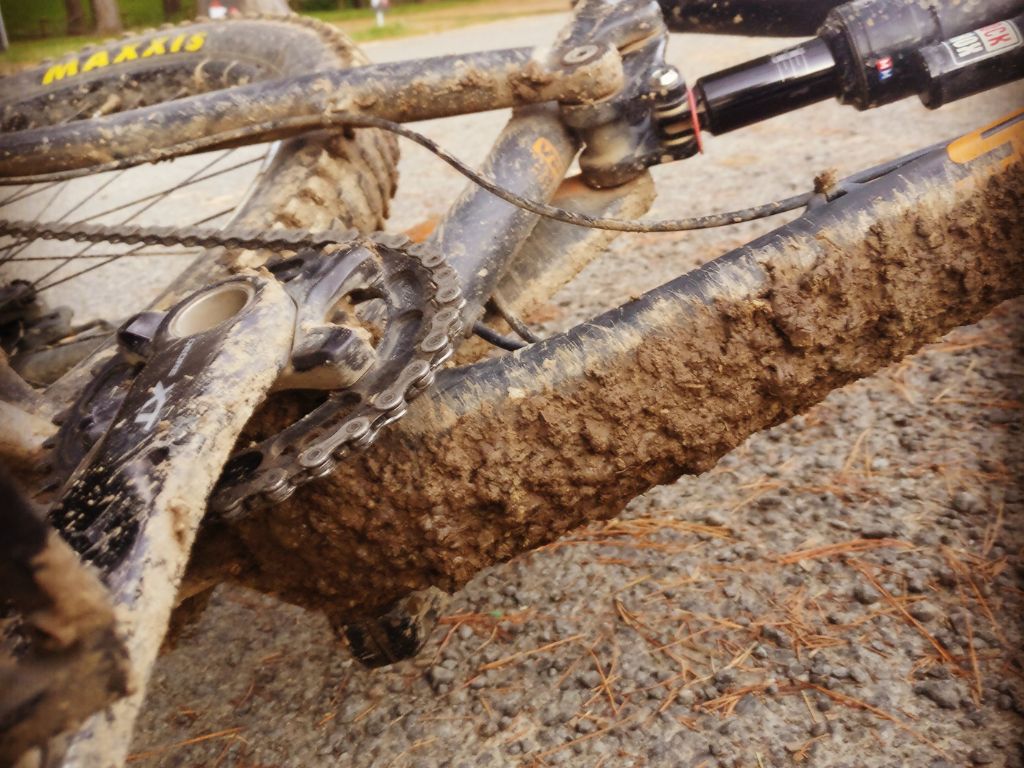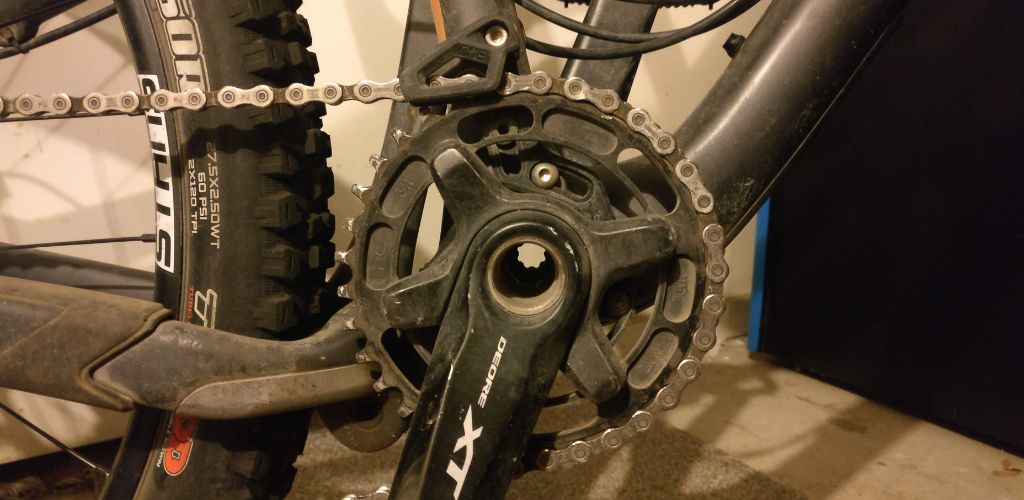Hey there! If you’re wondering why modern mountain bikes seem to be rolling with just 11 gears, you’re not alone. It’s a trend that’s caught the eye of many riders, from New Zealand’s rugged trails to the world’s top biking spots. Let’s dive into this without beating around the bush – I’ll break it down for you, just like I would for a riding buddy.
The Shift to Simplicity: Understanding the 1×11 Drivetrain
Mountain biking, an ever-evolving sport, has seen numerous technological advancements over the years, with the drivetrain being a significant area of innovation. In the past, mountain bikes were often equipped with multiple chainrings and a wide range of gears at the rear. However, there’s been a notable shift towards a more streamlined setup: the 1×11 drivetrain. This change isn’t just about reducing the number of gears; it reflects a broader move towards simplicity, efficiency, and a better riding experience.
The Basics of the 1×11 Drivetrain
The “1×11” label might sound technical, but it’s quite straightforward. The “1x” signifies a single chainring at the front, and the “11” represents eleven gears at the rear. This configuration marks a significant departure from traditional setups that typically featured two or three chainrings upfront. By consolidating the gear range into a single front chainring and a multi-geared cassette at the rear, the 1×11 system simplifies gear selection and reduces mechanical complexity.
Why Simplicity Matters
The primary appeal of the 1×11 drivetrain is its simplicity. With only one shifter and one derailleur, the system is more intuitive and user-friendly, especially for those new to mountain biking. Riders no longer need to worry about which front and rear gear combination to use – a common source of confusion and inefficiency with multiple chainring setups. This simplicity also speeds up decision-making when shifting gears, a crucial factor when navigating technical trails where quick reactions are essential.
Weight Reduction and Streamlined Design
One of the immediate benefits of the 1×11 system is weight reduction. Eliminating the front derailleur, additional chainrings, and associated hardware cuts down on weight, contributing to a lighter and more agile bike. This weight saving is not just about the overall mass; it’s also about reducing the weight on the bike’s front end, making it easier to handle, especially on steep climbs and tight turns.
Moreover, the absence of a front derailleur means there’s less clutter around the crank area. This streamlined design not only looks cleaner but also reduces the likelihood of mechanical issues, such as chain suck or derailleur damage, which can be a common annoyance in muddy or rough trail conditions.
Improved Chain Retention and Reliability
One of the significant challenges with traditional multi-chainring setups was chain retention. In rough terrain, the chain could easily derail, particularly on the smaller front chainrings. The 1×11 system addresses this issue effectively. With a single front chainring, manufacturers have been able to design chainrings with narrow-wide tooth profiles, which significantly improve chain retention. This design alternates between narrow and wide teeth, matching the chain’s inner and outer links, thus ensuring a firmer grip on the chain.
Additionally, with fewer moving parts and a simpler mechanical setup, the 1×11 drivetrain is inherently more reliable. It reduces the risk of mechanical failures, a vital consideration when you’re miles into the backcountry or halfway down a challenging descent.
The Evolution of Gear Range
A common misconception about the 1×11 setup is that it limits the gear range. While it’s true that it doesn’t offer as many total gear combinations as a 2x or 3x system, the range of gears is still remarkably versatile. Modern 1×11 cassettes come with a wide spread of gears, from a small, easy-pedaling cog for steep climbs to a large, high-speed cog for fast descents. This range is often sufficient for most trail riding scenarios, providing a balance between climbing ability and speed on the flats.
By the way, before I continue, you might like to also take a look at the speed calculator for mountain bikes I built – it’s a handy one!
The shift to the 1×11 drivetrain in mountain biking is a reflection of the sport’s ongoing evolution. It demonstrates a commitment to simplifying the riding experience while maintaining, and in some aspects, enhancing performance. This system offers a blend of user-friendliness, reduced weight, improved reliability, and sufficient gear range, making it a popular choice among both recreational and competitive mountain bikers. As the sport continues to grow and evolve, the 1×11 drivetrain stands as a testament to the industry’s ability to innovate and improve the riding experience.

Advantages of the 11-Gear System: Efficiency and Performance
The 11-gear system, a hallmark of modern mountain biking, isn’t just a trend; it’s a significant leap forward in terms of efficiency and performance. This setup, which seems to defy the old axiom “more is better,” actually offers a multitude of benefits that enhance the riding experience in ways that the previous multi-gear setups couldn’t. Let’s delve into why this system has become the go-to choice for both casual trail riders and serious mountain biking enthusiasts.
Enhanced Efficiency on the Trail
Efficiency in mountain biking is all about how effectively each pedal stroke translates into forward motion. The 11-gear system, with its single front chainring and a wide-ranging cassette at the rear, is designed to optimize this transfer of energy. Unlike the older systems, where overlapping gear ratios were common, the 11-gear setup ensures that each gear change results in a noticeable difference in pedaling resistance and speed. This means riders can more precisely match their pedaling effort to the terrain, whether it’s a steep climb or a fast descent, leading to a more efficient and enjoyable ride.
Performance Gains
When it comes to performance, the 11-gear system shines in several areas. Firstly, the single front chainring simplifies the act of shifting. Riders can focus on their trail line and technique without worrying about which front gear they are in. This streamlined approach allows for quicker, more confident gear changes, which is particularly beneficial in racing or when navigating technically challenging sections.
Another performance advantage is the reduction in weight. By eliminating one or two chainrings, a front derailleur, and extra cabling, the bike’s overall weight is reduced. While the weight savings might seem minimal in isolation, they can have a significant impact on handling and acceleration, particularly over long distances or during extended climbs.
Improved Chain Stability and Durability
Mountain biking involves traversing rough, uneven terrain, which can lead to chain slap and even chain drop with traditional gear setups. The 11-gear system addresses this with a combination of a clutch-equipped rear derailleur and a narrow-wide tooth profile on the chainring. The clutch mechanism maintains tension in the chain, minimizing slap and the risk of derailing. The narrow-wide pattern grips the chain more securely, reducing the likelihood of dropping the chain even without a chain guide. This results in a more stable and durable drivetrain, allowing riders to push their limits without worrying about chain issues.
Versatility Across Various Terrains
The 11-speed cassette has been engineered to cover a broad range of gear ratios. This versatility ensures that riders have the right gear for almost any situation – from steep, technical climbs to high-speed descents. The lower gears are low enough for challenging uphill sections, while the higher gears provide ample speed on flat trails and downhills. This adaptability makes the 11-gear system suitable for a wide variety of trails and riding styles.
The Psychological Edge
There’s also a psychological aspect to consider. The simplicity and reliability of the 11-gear system can give riders increased confidence on the trail. Knowing that the bike is equipped to handle a range of terrains with ease allows riders to focus more on their riding technique and trail strategy. This mental comfort is as important as the physical benefits, especially in a sport where focus and confidence play a significant role in performance.

The Technology Behind Fewer Gears: How It Enhances Mountain Biking
In the world of mountain biking, the move towards fewer gears, specifically the 11-gear system, is not just a random trend. It’s a decision deeply rooted in technological advancements that aim to enhance the overall mountain biking experience. This shift is supported by several key technological innovations that collectively improve bike performance, rider comfort, and trail adaptability.
Advancements in Gear Cassettes
One of the primary technological advancements in the 11-gear system is the design and engineering of the gear cassettes. These cassettes have a much larger range than their predecessors. Earlier multi-gear setups often required compromises in either the high or low end of the gear spectrum. In contrast, modern 11-speed cassettes are designed to provide a wide gear range. This range allows riders to tackle steep climbs with lower gears and maintain high speeds on descents and flats with higher gears. The larger sprockets in these cassettes enable this extensive range without sacrificing the smooth transition between gears.
Clutch Derailleur Mechanism
The introduction of the clutch derailleur is another significant technological breakthrough. This mechanism drastically reduces chain slap and the chance of derailment. The clutch maintains a constant tension in the chain, ensuring it stays secure even over rough and uneven terrain. This stability is not just about reducing the annoyance of a noisy chain; it’s crucial for maintaining consistent power transfer and avoiding potentially ride-ending mechanical issues.
Narrow-Wide Chainring Technology
The single front chainring in the 11-gear system is not just a standard chainring but one that incorporates narrow-wide tooth technology. This design alternates between narrow and wide teeth, corresponding precisely to the chain’s inner and outer links. This fit significantly enhances chain retention, making chain drops a rarity. The technology allows riders to navigate rough terrain with confidence, knowing that their chain is securely engaged.
Shift Lever Ergonomics and Precision
The shift levers on 11-gear systems have also seen considerable advancements. Designers have focused on ergonomics, making levers easier to reach and operate, even in challenging riding conditions. Additionally, the precision of gear changes has been enhanced. The shift across the 11 gears is smooth and predictable, allowing riders to change gears quickly and accurately without losing focus or momentum.
Material Science and Durability
Material science plays a crucial role in enhancing the 11-gear system. Manufacturers use high-quality, lightweight materials such as carbon fiber and advanced alloys in both cassettes and chainrings. These materials reduce weight, which is crucial for climbing and acceleration, but they also offer increased strength and durability. Durability is particularly important in mountain biking, where components are regularly subjected to dust, mud, and impacts. The robust construction of these components ensures they can withstand the rigors of aggressive trail riding.
Integration with Suspension Systems
Finally, the fewer gears approach has allowed for better integration with modern suspension systems. With no need to accommodate multiple front chainrings, frame and suspension designers have more freedom. This flexibility has led to innovations in frame geometry and suspension kinematics, resulting in bikes that are more balanced and efficient, especially in terms of pedal-induced bob and chain growth.
In essence, the technology behind the 11-gear system in mountain biking is a blend of intricate engineering and thoughtful design. It’s a system that doesn’t just simplify the biking experience; it elevates it, leveraging cutting-edge technology to offer a ride that’s more efficient, comfortable, and enjoyable. These advancements have not only redefined gear systems but also played a crucial role in the ongoing evolution of mountain bike design and performance.

